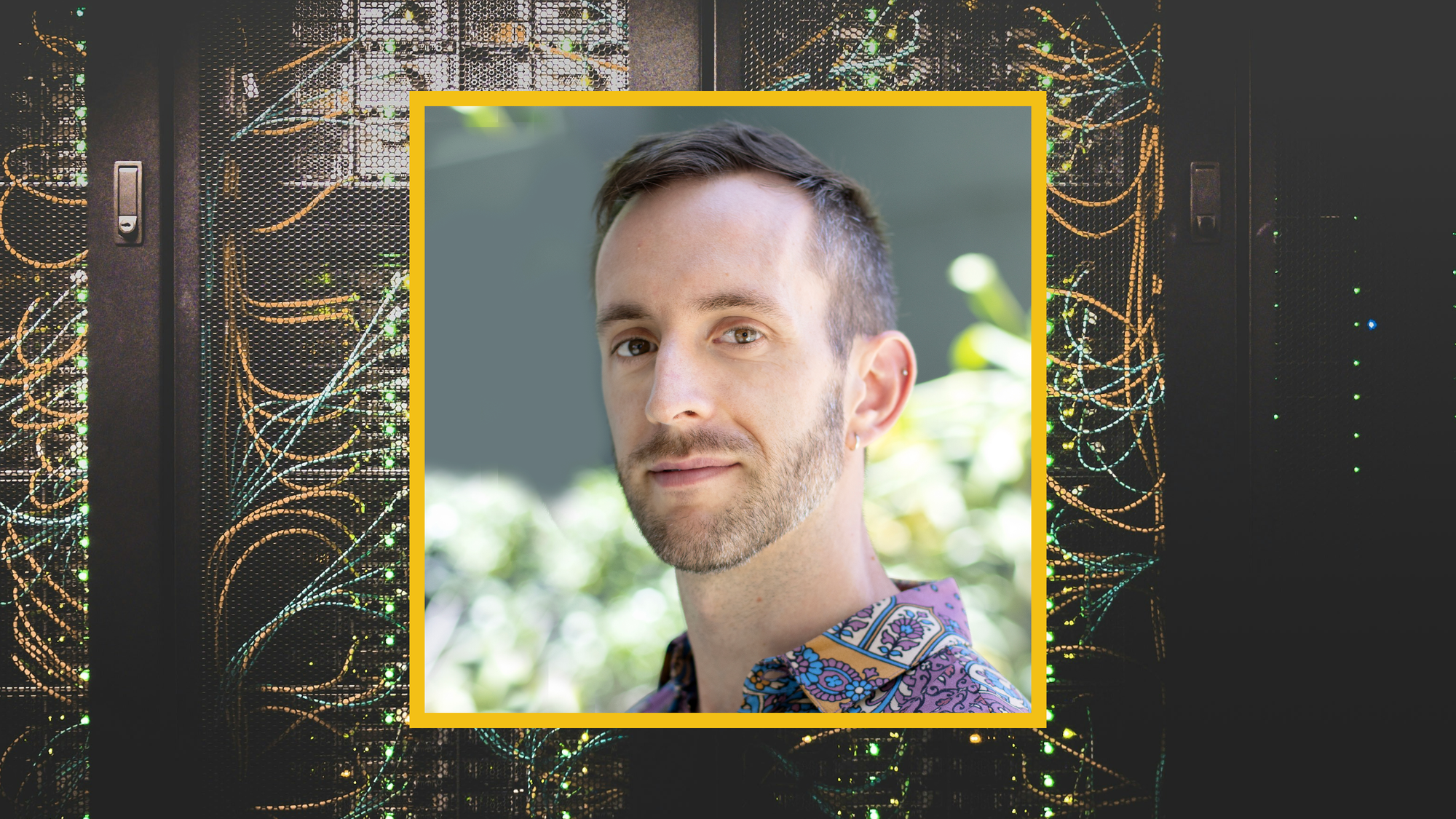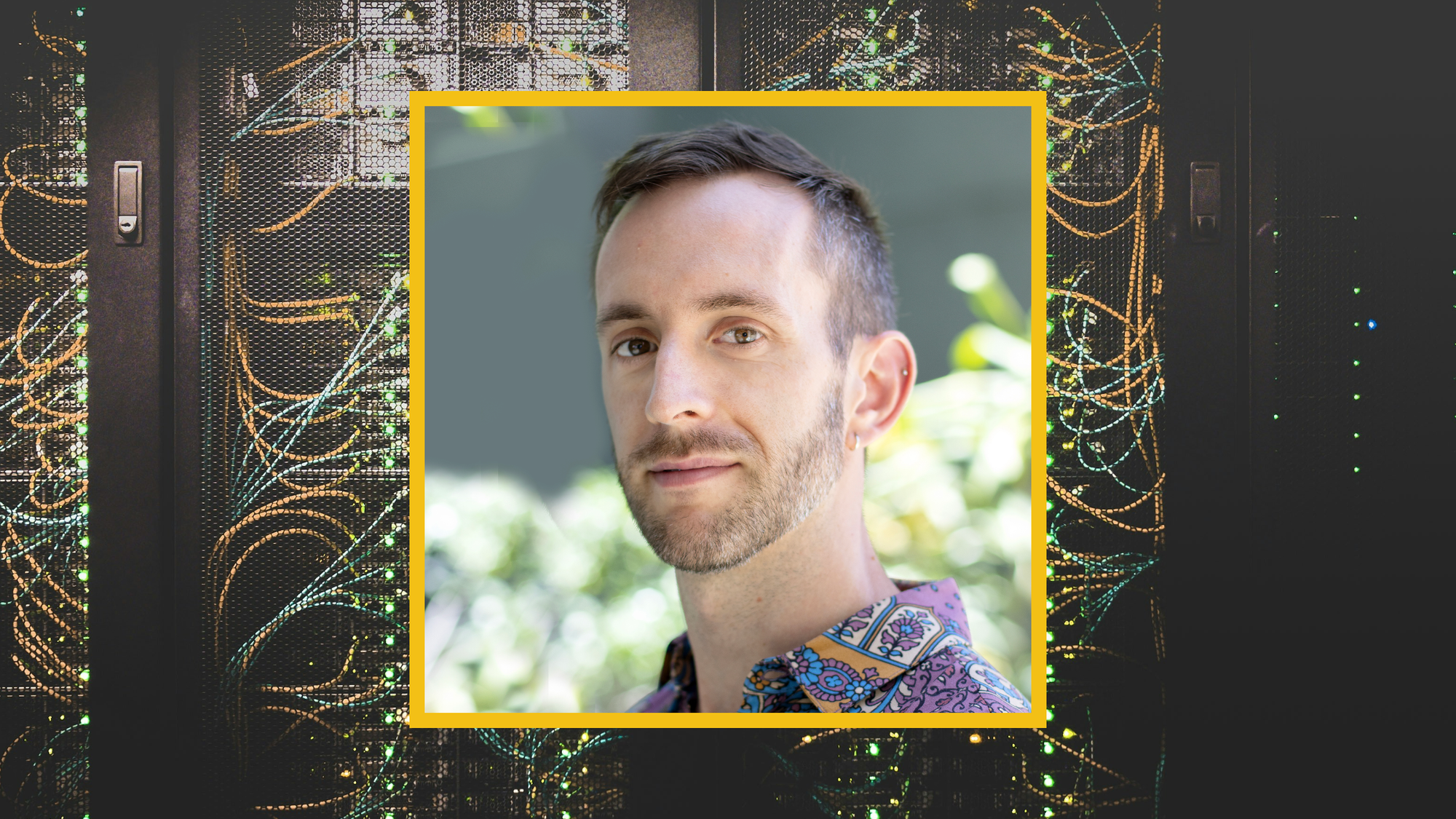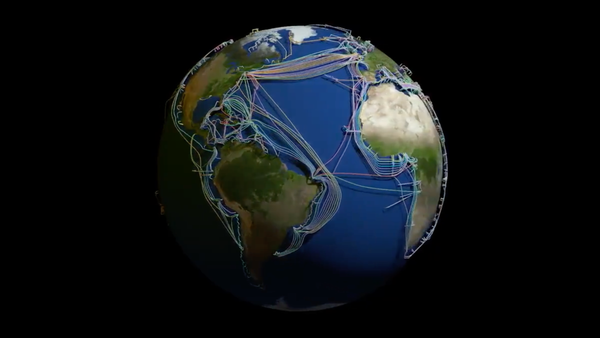
In recent years, there’s been a growing awareness of vast amounts of water and energy used by the data centers that power everything we do online — and that’s only become more intense as tech companies have begun pushing AI tools that require even more computing power. Around the world, that’s leading to increased opposition when companies propose erecting massive facilities to store all those servers near people’s communities.
To learn more about this, I spoke to Sebastián Lehuedé, a lecturer in ethics, AI, and society in the Department of Digital Humanities at King’s College London. He’s been researching the connection between AI and environmental justice, which led him to get to know activists in Chile who campaigned against a data center proposed in an industrial part of Santiago and halted it by telling the community what Google was trying to hide.
This story pushes us to consider the material impacts of computation and the trade offs we make when companies push us to adopt more resource-intensive digital tools. Are the community impacts and the resource demands worth it so we can ask a chatbot dumb questions or rip off the work of an artist? I’ll have more reflections on that later this week, but for now, enjoy this interview with Sebastián!
In your research, what are you seeing when communities are opposing these data centers? Why do they turn against them?
The case I investigated was in Cerrillos, which is a working class area in Santiago, Chile. The main concern for this community was water use. At that point, Chile had been facing a big drought for 10 years or so. Some communities in Chile were already receiving water through water trucks for meteorological reasons, but also because water rights are private in Chile because of the constitution. So you can have situations where mining companies can use a lot of water, but next to it the community doesn’t have basic access to water.
Looking at this situation, they were concerned about their own community. They heard about this project through an authority that they know and they read the environmental report provided by Google through a local company that was representing it. They read this specific number: 169 liters of water per second. At the beginning, they didn’t know how much that was, so they had to investigate. It took them a while. They looked for help from engineers, they checked whether a political party or their authorities could help them, but they didn’t find much support. It is a considerable amount of water.
They read this specific number: 169 liters of water per second.
Data centers use a lot of water, and the reason water is an issue is because you need to cool off the servers of the data center. One way of doing that is by making water circulate, so that makes the temperature go down. Another way of doing it is through air. In other places, instead of water, they use air, which demands more electricity because you need to create air conditioning systems. That’s not the case in Chile because water is cheaper.
Even though there might not be much water in some regions, companies such as Google don’t make decisions necessarily based on what’s more environmentally sustainable, but rather what’s cheaper. And in this case, it was water. In the case of Europe, for example, they’re using more energy-intensive systems in order to use air flows that can cool off data centers. So if you look at the resistance emerging in Latin America, in this case Chile or Uruguay, compared to Germany or Ireland, I think that in Europe, energy consumption is the biggest issue right now.
You talked about how this community in Chile was looking to see if anyone else was doing this work or if political parties were involved. When they started to oppose the data center, were elected officials open to the demands they were making? Did they get much support?
It changed over time. So what they explained to me is that in the beginning, people in the community were very happy about this announcement. Most of them, I would say, because they saw it as an opportunity. When these data centers arrive in a place — and this is not only in Santiago, but I’ve heard similar cases in other cities as well — they promise new jobs or local authorities start considering that maybe they can transform the area into an innovation hub. A lot of people in the community were happy about Google choosing them to build their data center. They saw it as a symbol of progress and development.
The president of Chile at that time, Sebastián Piñera, a right-wing president, expressed his support for the project. The local authorities and a mayor of the municipality of Cerrillos also didn’t really oppose it. The activism of this group called Mosacat managed to convince the neighbors about the situation. They went to street markets, they did workshops with the local community, they put up posters in bus stops in order to inform the community about this situation. What they told me is that, in strategic terms, they decided to go for water specifically, and they didn’t mention much other topics such as privacy. They didn’t know what other concerns could come up when you have Google as your neighbor. They went for water because it was more shocking for the local communities.
What happened, and I think this is key, is they didn’t know whether after the construction of the data center if they would be able to have water from the pipelines, as I told you. This community gets their water from underground sources and there is no study saying how much water is still available there. So it could be that maybe Google was going to build this data center and the community would have to rely on water trucks. When the activists would communicate this to their neighbors, they would start changing their minds about the data center.
In 2019, there was a local referendum on other topics, but this group managed to include a question on the data center and 49% — which is almost a majority but way more than the other group — disapproved the construction of the data center. This referendum was not binding, but it showed that this group was succeeding in convincing the community. They told me that after that the local authorities and other actors started to change their views. They would invite these activists to official ceremonies and they became more respected, but it was a very difficult task for them, because they didn’t have much information.
So you have this local community pushing back on the desire of a massive global company like Google to build a data center in their community. What was the response from the company as it started to face this backlash?
The company did not make any, as far as I know, public communication on the project. Most of the communication took place between activists from this group, the representatives of the company representing Google in Chile, and sometimes some people from Google itself because they have a communications office in Chile. But when it comes to Google, what’s really striking is the lack of transparency and information when it comes to these projects. There is no information on whether they are still interested in constructing this data center in the first place.
After all these things happened, at some point, Google announced the construction of another data center in Uruguay, but the same happened: another community started to protest the construction of the data center in Uruguay. There’s no information whether this is a replacement or an alternative to the one in Santiago after they saw all this opposition and also regulatory issues because the community brought up the issue with different offices of the Chilean state. So the project was probably going to take longer than it expected initially.
There was an absolute lack of public information when it comes to this project. You wouldn’t find any sources from Google talking about it. They provided the information that was required by the environmental regulators and nothing more than that. In Chile and Latin America, many of the Global South contexts, the environmental standards are lower because the companies put countries in a situation where they need investment and then companies take advantage of that.
Neither of these data centers in Santiago or in Uruguay, by Google have actually been built, is that right?
There is another Google data center in Santiago already, but this one in Cerrillos hasn’t been built. In Uruguay, the announcement was more recent, but that’s also something that happens a lot in environmental activism: that you stop one project being built somewhere, and then it happens somewhere else. So that’s also a big issue when it comes to data centers.
You mentioned how the response of the companies or the tactics that the companies used were quite different in the Global South context than what you saw in Europe as well. Can you talk a bit about that?
If you look at the environmental reports of companies such as Google or Microsoft, they are increasingly incorporating water. But those reports do not break down water consumption by region as they are already doing for other figures such as greenhouse gas emissions. They also provide very little or no details on the methods used for obtaining those figures. They take advantage, as much as they can, of the gaps and the limitation of environmental regulation in different countries. They are more opaque in the way they act in the Global South and less willing to incorporate this in their environmental reports.
If you look at Latin America, most data centers are being built in Brazil, in São Paulo, if I’m not correct. If you look instead at Europe, there is a lot of interest in building data centers in places like Sweden or the Nordic countries to create energy efficiencies. I think that concern is not present when it comes to Latin America. What I’ve heard is that São Paulo has the best connectivity within Latin America, so it allows you to move data more easily, whereas if you go to the south, to Patagonia, there isn’t much infrastructure. Google announced a new cable that’s going to go from Australia to Chile, but I think there’s less concern when it comes to creating efficiencies in the allocation of data centers in Latin America.
Over the past year, we’ve seen this big boom in AI. These tools do require quite a bit of computing power to make them work, and companies are planning or are in the process of a massive expansion of their data center networks to facilitate this. Do you think that’s brought more attention to data centers and what they mean for communities?
These communities don’t necessarily know much about technology or about infrastructure specifically. If we think about a potential regulation over data center allocation, something fundamental for me would be to provide expertise and technical support to these communities to understand the alternatives and why these data centers are using so much water, energy, and so on. That will help them not only oppose these projects, but also come up with alternatives and be better able to negotiate.
AI is increasing the use of water and energy by data centers, but it’s also because it’s on the news and it’s being publicly discussed that there are new regulations coming into place. It’s a big opportunity to bring up these kinds of issues. I’m not sure if communities themselves are so aware of this. In the case of the US, there are some data centers that have been allocated specifically for the training of AI algorithms or AI data. Providing literacy for communities to understand how this is happening is crucial so they will have a better understanding of the changes coming with AI and so on.
Many of these communities are using these technologies, so they also have an affective relationship with them. Sometimes it’s not easy to oppose Google because then you think, but I’m also using Google. Many of the activists I talked to, they have Gmail, for example. They even use Meet for their activities and meetings. So that creates a complicated situation for them. It would be great if someone could provide them with literacy, not from a top-down perspective or a journalistic perspective, but rather discuss with them how all of this is working. If they can manage to better understand AI, there will be a very important opportunity for creating new resistances and for empowering them as well.
That’s really important. In some of the work you’ve done on data centers, you talk about how AI is presented as a climate solution, even as it requires resource-intensive data centers and computing to power it. What do you think is the risk of presenting resource-intensive AI as a solution to climate change?
This is something that’s already happening, which is basically the imposition of ecological visions of a few, especially in the Global North with private interests, onto the rest of the world. We can see this operating not only when it comes to data centers, but also lithium extraction. Lithium is used for rechargeable batteries, which is a key component of so-called transition technologies, such as electric vehicles.
If we want to design a transition towards new forms of energy or less carbon-intensive energies, we need to cooperate with these communities and a very important actor are the ones that are participating in the AI value chain. Companies have a big interest in hiding this value chain, in making sure that these communities don’t have a voice in the media, in regulatory discussions, and so on, because this is crucial for their business model and for the technical capacities that they need. There is a big interest in silencing them. This is why they don’t provide information about what they do.
It’s also very important that as we discuss AI governance or regulation, we ask how we can incorporate these communities. If you look at what’s happening in Europe, there is upcoming regulation that is going to request that companies provide some transparency when it comes to energy use. But what about something more radical? What about incorporating these communities in the very governance of data centers? Or if we really want more just technologies for environmental transition, why not have a collective discussion, incorporating actors from different contexts and regions of the world to discuss what will be the most efficient — if you want to use that word — way of allocating data centers.
In the case of indigenous communities in the Atacama Desert, water is sacred. They have a special relationship with water. One of the few words that they still have is puri, which stands for water. So how do we make sure that these companies respect the way these communities relate to the environment? It’s impossible to think of any kind of transition without considering and respecting the ecological visions of these groups. I don’t really believe in any technologically intensive form of transition that’s made by technocrats in the Global North and that ignores the effects that these infrastructures are having in the rest of the world and the visions of these communities.










Member discussion